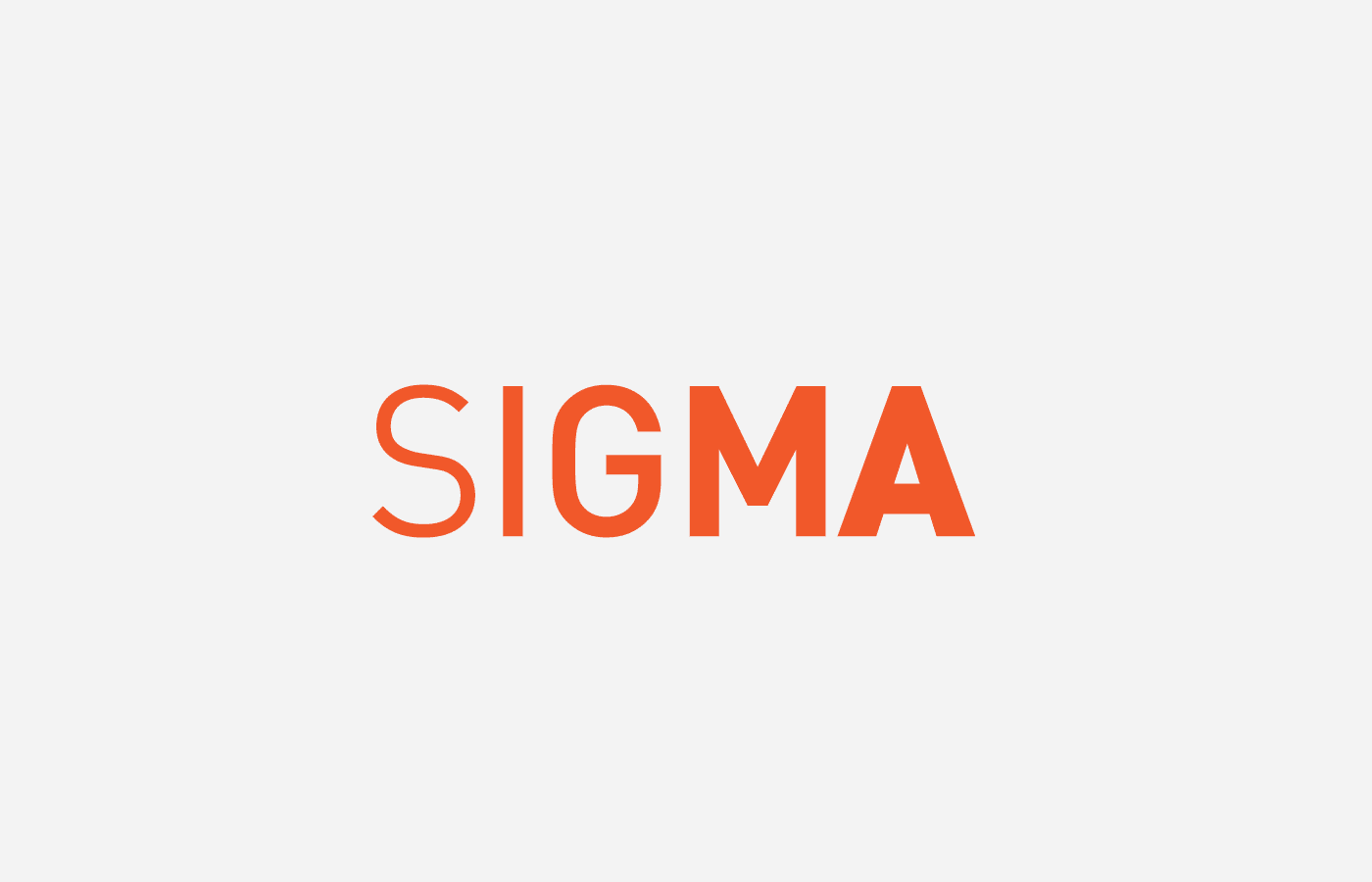


Some people uploaded Sigma files on Virustotal and looked at the relation graph. But, a connection to a mining pool cannot be done via localhost, the pool of SupportXMR is done through port 3333, and this connection cannot be done with socket.io. The code shown in the screenshot shows a connection to localhost with the port 3000 using socket.io. They don't support socket.io connections. Cryptocurrency mining pools are using other protocols such as "Stratum". Although their connection port is 3333 (There also are the port 5555, 7777, and 9000).įinally, you can't connect to the mining pool using socket.io. People accused us of connecting to the SupportXMR pool. That tilted some people's mind, remembering a mining pool's port.

The test connection in Sigma is trying to connect to the port 3000. Ressources about localhost for newbies out there: Since the mining pool is not something hosted on your computer, to connect to it you need to connect to the Internet. That counter-argument should totally be enough to prove that it cannot be a connection to a mining pool. This means that this bit of code is trying to connect to a server hosted on your computer, not the Internet. They thought that it was suspicious that Sigma was connecting to a server.įirst of all, this is a LOCALHOST connection. (XMR or Monero is a cryptocurrency like Bitcoin). This screenshot was combined with another one (explained in section 2) to prove that Sigma is connecting to an XMR mining pool. This should have been removed in production but was not done due to an oversight. It was used to do some tests with socket.io. That code tries to connect to a locally hosted (localhost) server.
SIGMA CLIENT FREE UPDATE
This shows a test socket.io connection that we used in an attempt to update the Agora (a chat system within sigma that we wanted to implement back in 5.0). We'll be totally transparent with you on that point. This screenshot of a partially decompiled Sigma code was used as one of the main arguments to "prove" that Sigma was a "miner".


 0 kommentar(er)
0 kommentar(er)
